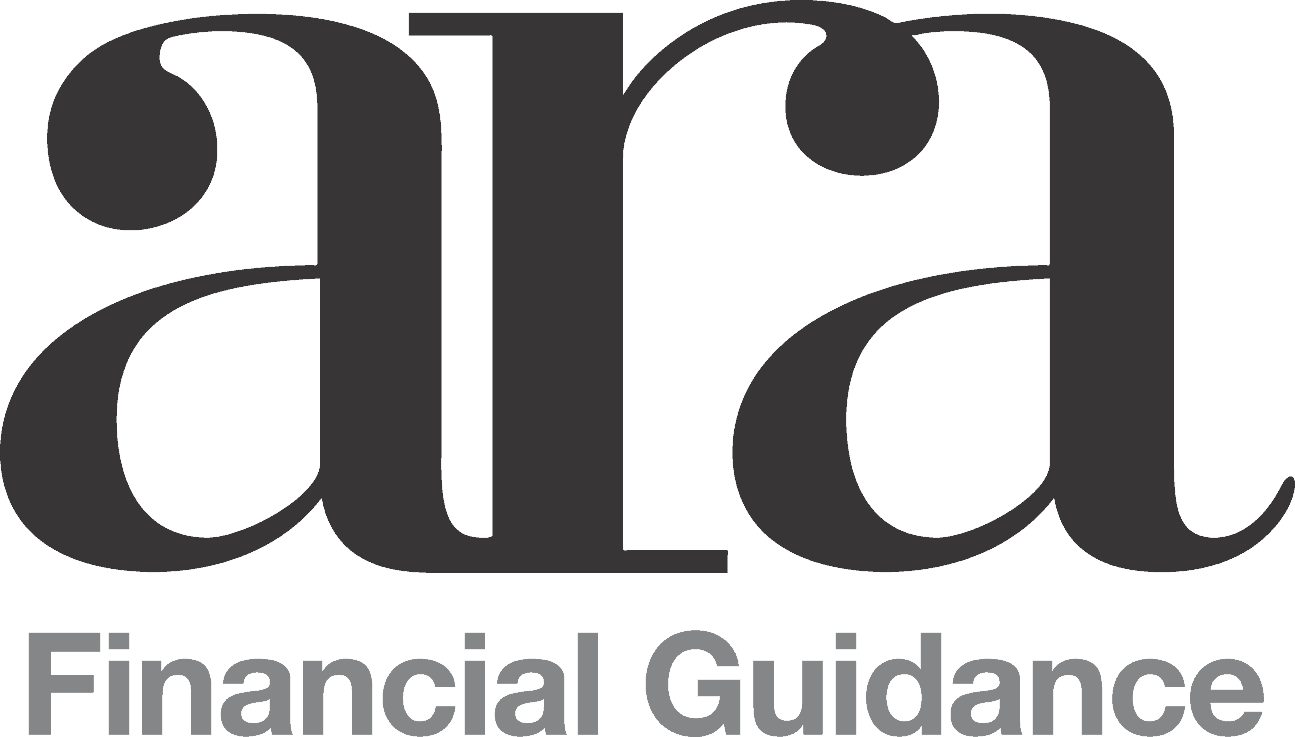





There is a school of thought out there that says “Just follow the markets, set-and-forget… because it’s cheap and leads to a better result anyway”.
We don’t buy that. Not for a minute. To achieve certain portfolio characteristics, such as low volatility and risk protection, you can’t just leave things at the mercy of the markets. Investment managers must be highly engaged in the process, and with key markets round the globe looking a tad frothy, we might just be entering one of those phases when the issue is put to the test.
In that vein, this time last year, we looked back at the Top 20 individual holdings for that year (other than cash and term deposits) within the diversified portfolios, to see how the assets charged with the heavy lifting duties fared. So let’s do the exercise again. In June 2023 these were the Top 20. What happened?

Firstly, it looks nothing like any market index I can think of. It has by design a leaning in favour of small-to-medium enterprises, cherry-picked by very active managers aiming to find value in spite of, rather than because of, prevailing markets.
Secondly, similar to last year, most were comfortably in the black, with nine of the twenty assets doing better than 20% for the year and a couple that were off the chart.
Looking at the two holdings that finished the year well into the red, it’s worth noting that Sureway, despite a sharp downturn this year, has returned 57% compound per annum since it was purchased in 2020, and Big River has returned 21% pa since 2016. So both have earned their keep in the portfolio, despite a rough run of late.
Alert readers will note a couple of interesting new names in the Top 20 for this year (see below), as the portfolios have accumulated positions in mega-US-stocks Google and Uber. Interesting given our oft-stated view of the US market, and support for the view that value can still be found by engaged managers, in spite of markets. As it happens, Google was up over 50% this past year and Uber up 68%.
While this has been going on, in line with our cautionary tone in recent updates, cash and term deposit levels in the three diversified portfolios have been increased over the course of the year. So to achieve quite solid returns while in net terms “de-risking” the portfolios feels like a handy result, and in keeping with what our investors look to us for.
Long Term Income Builder
Happy to see the new kid on the block gaining broad acceptance among our investors. At the risk of broken-record syndrome, its purpose is to tap into the very attractive, growing income stream available from a portfolio of mainly listed shares, and is designed for investors with a long term outlook who are unfussed by short term fluctuation. And so far so good.
But we do still field the odd question about why, from time-to-time, it doesn’t behave like the broader stock market.
The table below lists the major holdings in the LTIB portfolio. While the differences from the “typical” Top 20 share portfolio are not as marked as the diversified portfolios, it’s clear that there is significant divergence in its makeup from typical market averages. The focus is on income, and stocks have been selected accordingly. So the first answer to the question about not matching the market is: “It’s not meant to”.
The second part is a bit more involved. The core of the portfolio is built around vehicles called Listed Investment Companies (“LICs”). These are businesses whose principal activity is investment, and those businesses themselves can be bought and sold on the Stock Exchange.

We target LICs that match well with the dividend focus of the LTIB, including a couple of large, traditional LICs like Australian Foundation (AFIC) and Argo Investments, as well as more niche, opportunistic LICs like Sandon Capital.
Here’s where it gets tricky. For some reason known only to the gods of market craziness behaviour, the LICs themselves are often bought and sold on the market for a value that is different from the aggregate value of the investments they actually own. Sometimes they trade at a premium to the portfolio value – in other words, you pay more for the LIC than you would if you went and bought the underlying investments yourself – while at other times the LICs trade at a discount. In other words, if the discount was, say 10%, you could buy the LIC and get a dollar’s worth of assets for $0.90!
The next chart shows how shares in AFIC have traded over the past ten years, relative to the value of its portfolio (NTA). When the bar is above the line, this indicates AFIC’s share price is at a premium, below the line it’s at a discount.

This presents a variety of challenges and opportunities. When the trend is falling, from premium towards discount, it means the share price of AFIC is performing worse than its underlying portfolio. (Yes, weird!) And importantly, vice versa.
In the same vein, if the LIC happens to be trading at a discount, it is actually good for your income yield. Let’s say a stock valued at $1.00 pays an annual income of 5c per share. That’s a yield of 5%. If you were able to buy that share for $0.90c, and it still pays a dividend of 5c per share (and there’s no real reason why it wouldn’t), your yield is instead $0.05/$0.90 = 5.6%, which is a tidy boost to your income.
So periods when the trend is from premium to discount are awkward for LIC investors. But as with many things, discounts represent a great opportunity if you’re in a position to buy. So right now is a happy time for the LTIB as several LICs are trading at historically deep discounts and we have plenty of cash to deploy. Back up the truck!
So, who’s got what?
The table below shows the ARAIF’s investments at the time of writing. Please note, the percentages refer to the proportion of each portfolio allocated to that investment, not its rate of return.


Major Holdings – diversified portfolios
Apart from bank deposits and other interest-bearing accounts, Defensive, Growth and Equities portfolios invest in a range of assets through the fund managers listed in the table above. If we drill through to the assets selected and overseen by those managers, there are in fact over a hundred individual securities providing diversification of risk and exposure to a wide range of opportunities.
The table below shows the 20 largest individual holdings and what proportion of each portfolio they represent. These are the investments that will have the biggest impact on the portfolios’ returns.

Returns quoted in this report are after all costs, and before the application of management fee rebates. Return figures are pre-tax, and include the value of franking credits from franked dividends. Total return figures assume the re-investment of gross distributions including franking credits. 3-month return figures are for the period to 30 June 2024 and are not annualized.
ARA Consultants Limited provides this update for the information of its clients and associates. If you do not wish to receive this or other information about ARA in future, please contact us on (03) 9853 1688, or enter your name below and return this to PO Box 3239 Cotham Vic 3101.
This document has been issued by ARA Consultants Limited for its own use and the use of its clients. Fundhost Limited (ABN 69 092 517 087) (AFSL No: 233045) (Fundhost) is the issuer of the ARA Investment Fund (ARSN:104 232 448). Information contained in this document is general information and is not intended to constitute nor does it purport to offer any specific or individual investment advice. Whilst every effort has been made to ensure the accuracy of the information contained in this document, neither ARA nor Fundhost accept any liability in relation to anyone who makes and acts upon a decision based upon that information.
No person should make a decision based upon the information contained in this document without first seeking and obtaining the appropriate professional advice relevant to their own individual circumstances and financial needs. You should consider the Product Disclosure Statement in deciding whether to acquire, or continue to hold the product. The PDS and applicable Target Market Determinations are available at www.araconsultants.com.au or by contacting ARA by phone on (03) 9853 1688 or by email at info@araconsultants.com.au. We also caution that past returns are just that, and the fact that they have been achieved previously does not guarantee or imply that they will be achieved again.
If you would like a pdf version of this update for your files you can download it here: June 2024 Quarter Investment Update.





